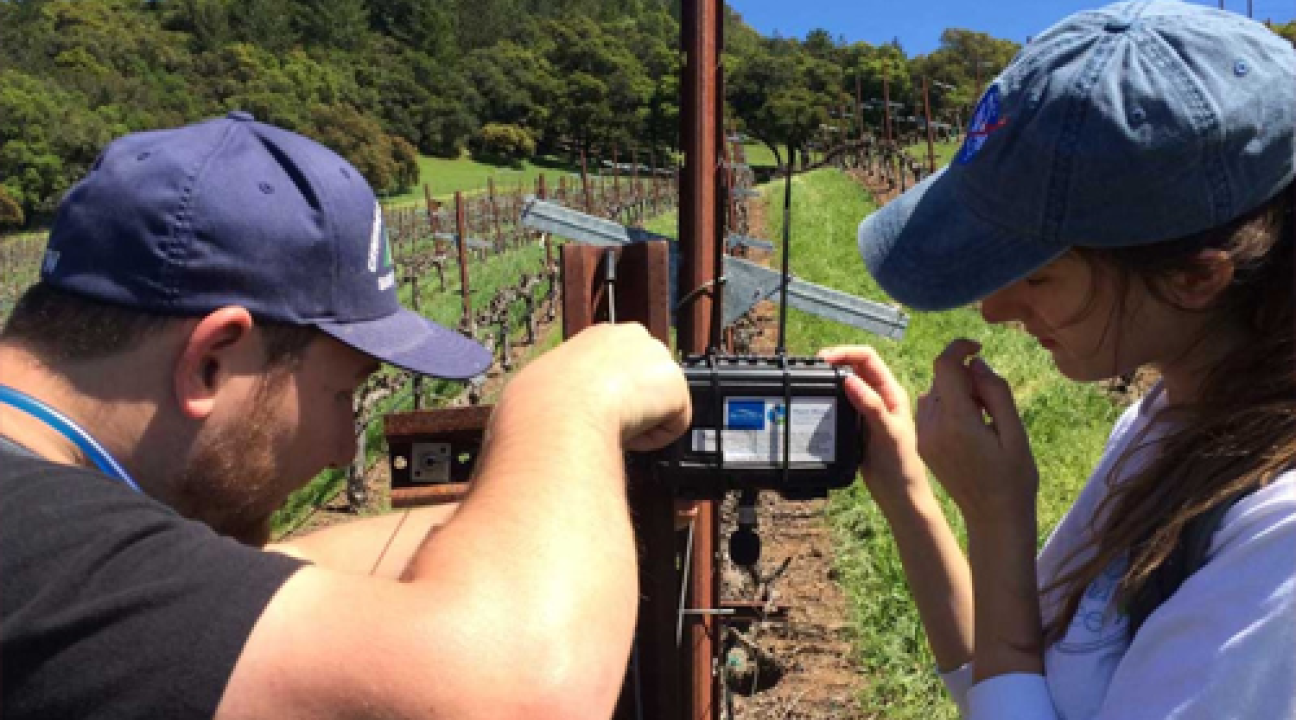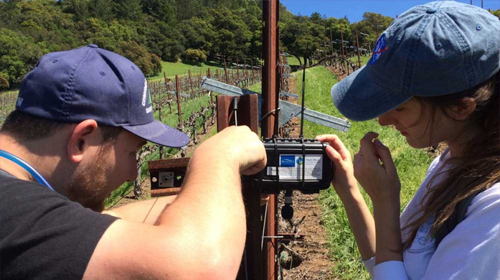Clark: Managing citizen scientists in ecological studies
Snyder, R., Clark, M., Salas, L., Schackwitz, W., Leland, D., Stephens, T., Erickson, T., Tuffli, T., Tuffli, M., Clas, K. (2022). The Soundscapes to Landscapes Project: Development of a Bioacoustics-Based Monitoring Workflow with Multiple Citizen Scientist Contributions. Citizen Science: Theory and Practice. 7(1), p.24. DOI: http://doi.org/10.5334/cstp.391

Citizen science is an important approach for ecological studies that require county-scale or broader geographic coverage. Here we report on project management, technology, and the variety of roles and levels of engagement of citizen scientists in the Soundscapes to Landscapes project, focused in Sonoma County, California, USA. The project uses low-cost autonomous recording units (ARUs) and bioacoustic analysis to monitor bird diversity and soundscape components at a regional scale. In five years, 259 citizen scientists collectively volunteered 8,390 hours on a range of tasks, with 40% field work and 41% bioacoustic reference data collection, but also including geographic information systems, social media, and data upload. Citizen scientists were a mix of expert collaborators, community volunteers, and undergraduate students. In five distinct field campaigns, 141 citizen scientists deployed recording devices during the breeding bird season at 1,281 sites on public and private lands, and collected 12,431 hours of raw audio recordings. For bioacoustic analysis, we used a custom web-based citizen science interface to produce labeled reference data, through which seven expert citizen scientists and 105 user-level citizen scientists produced 230,066 labeled audio clips. We found that word-of-mouth and personal connections were the best strategies for recruitment and retainment of citizen scientists. Levels of engagement among citizen scientists varied, and community volunteers who participated in more than one task contributed more time to the project overall. Undergraduate students were a valuable citizen scientist group in the project, contributing 48% of the total citizen scientist effort and were particularly important for field work success. Read more here


